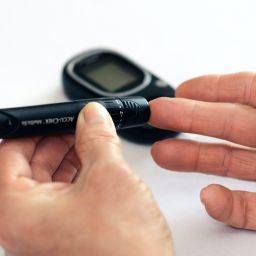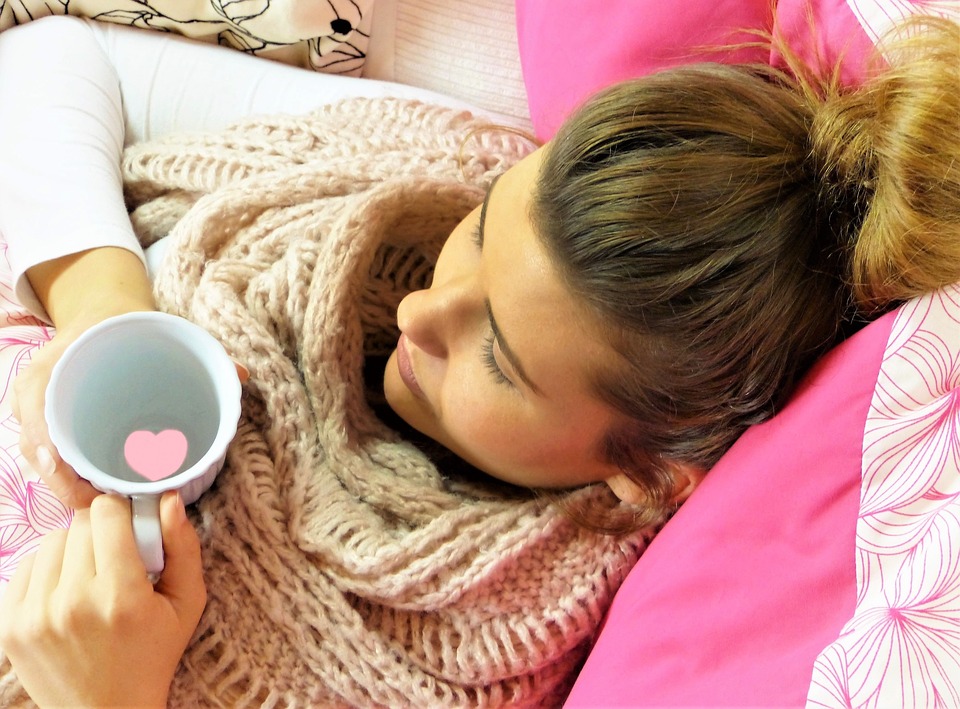 Raynaud’s Syndrome is a common and painful condition that affects many people. February, one of the coldest months of the year is Raynaud’s awareness month in the UK. Sometimes known as Raynaud’s Disease, it is a condition where small blood vessels become narrower, which affects the blood supply to certain parts of the body, usually the fingers and toes. During an ‘attack’, blood vessels narrow and temporarily stop blood from flowing into the area, causing the skin to turn white then blue, and eventually go numb. Raynaud’s disease affects around 10 million people in the UK, making it about as common as hay fever. There are two types of Raynaud’s – primary and secondary. The primary form is often mild, but secondary Raynaud’s can be more serious and is often linked to a potentially life-threatening condition called scleroderma.
Raynaud’s Syndrome is a common and painful condition that affects many people. February, one of the coldest months of the year is Raynaud’s awareness month in the UK. Sometimes known as Raynaud’s Disease, it is a condition where small blood vessels become narrower, which affects the blood supply to certain parts of the body, usually the fingers and toes. During an ‘attack’, blood vessels narrow and temporarily stop blood from flowing into the area, causing the skin to turn white then blue, and eventually go numb. Raynaud’s disease affects around 10 million people in the UK, making it about as common as hay fever. There are two types of Raynaud’s – primary and secondary. The primary form is often mild, but secondary Raynaud’s can be more serious and is often linked to a potentially life-threatening condition called scleroderma.
Symptoms of Raynaud’s Disease
The most common symptoms of Raynaud’s disease are extremely cold hands and feet, chilblain-like pain and inflammation in the hands and/or feet, and color changes in the skin-white, blue, and red. These symptoms can be quite painful and can make even simple tasks like buttoning up a coat or opening a door difficult. The symptoms of Raynaud’s disease can be particularly severe in winter, as the cold temperatures can trigger an attack.
Causes of Raynaud’s Disease
The exact cause of Raynaud’s disease is unknown, but it’s believed that people with Raynaud’s disease have problems with the nerves that control their blood vessels, making them much more sensitive to sudden changes in temperature. Emotional stress can also be a trigger, as stress causes the blood vessels to narrow, restricting blood flow to the extremities. There is some evidence that Raynaud’s can be hereditary, however, for many people, the cause is not known. Secondary Raynaud’s is more rare, and it’s often linked to autoimmune conditions like scleroderma or lupus.
Managing Raynaud’s Symptoms
There are some self-help measures you can take to manage Raynaud’s symptoms. It’s recommended that you try to avoid sudden drops in temperature and keep warm with layers, warm gloves, and socks when you’re outside. It’s also important to reduce stress in your life as much as possible, as this can be a trigger for Raynaud’s disease. Stress-reducing techniques such as meditation, yoga, or hypnotherapy can be helpful in managing the symptoms of Raynaud’s. Hypnotherapy is an effective tool that can help in managing the symptoms of Raynaud’s disease. Hypnosis can take you into a deep state of relaxation and help reduce stress, which is a common trigger for Raynaud’s attacks. Hypnotherapy can also clear anything out of your subconscious that might be causing you emotional stress, which can help the mind and body to regulate itself. Visual imagery in hypnosis has been found to increase blood flow in subjects’ extremities during fPET scans. This shows that hypnosis can help to increase blood flow to the extremities, which can help manage the symptoms of Raynaud’s disease.
Around one-in-six people in the UK are thought to have Raynaud’s. For a small percentage of these, it may be a sign of an underlying medical condition, however, most people will have no associated health issues. To find out if you could be affected by this common condition, you can take a free online test on the Scleroderma and Raynaud’s UK website. If the test indicates that you may have an issue, please speak to your GP before contacting a therapist for management strategies.
Once you’ve spoken to your GP, you can find an excellent hypnotherapist who can help you learn ho to better manage your stress and learn self-hypnosis strategies to warm your hands and feet by using the National Council for Hypnotherapy’s Therapist Finder. The NCH has well over 2,000 qualified and insured hypnotherapists on their register so you’re sure to find someone near you.













